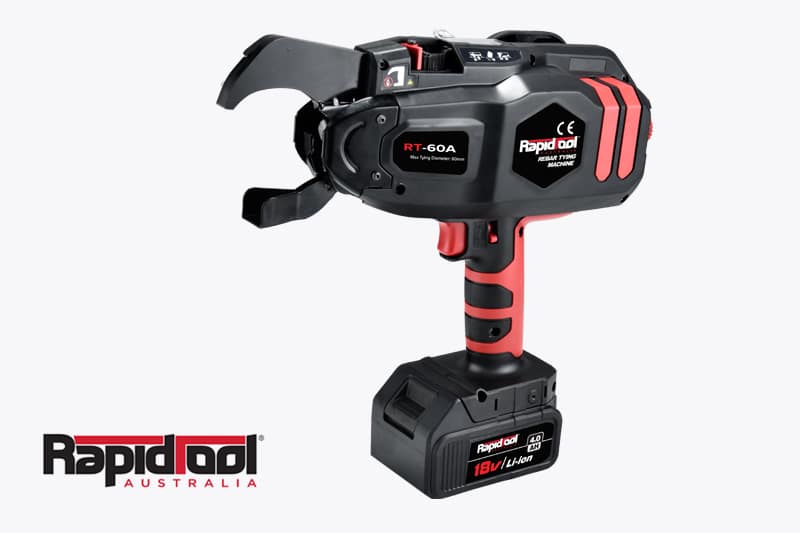
Rebar tying might look and sound as easy as tying shoe laces, but it’s a time-consuming and challenging job. Without the right equipment, you’re stuck with a manual process that could take a toll on your musculoskeletal health. The repetitive tying motion can result in injuries in the short and long term. To avoid problems, consider using a rebar tier for every construction project!
Manual rebar tying is a health hazard
Studies were conducted by organisations such as the Construction Safety Association of Ontario and the Occupational Safety and Health in the US to identify the risks of manually working on reinforcing steel bars. They found that manual rebar tying causes repetitive strain to the hand, arm, and back muscles and results in injuries, which could cause severe musculoskeletal damage down the line.
Consider providing a rebar tier for every worker involved in tying reinforcing steel bars to keep them safe. The best tools are lightweight and help reduce impact on the body. You can also get an ergonomic electronic extension arm for them to prevent over-reaching and positioning yourself awkwardly when tying steel bars.
Reliable tool
A high-quality rebar tier is powered by long-lasting Li-ion batteries to minimise interruptions while on the job site. A brushless twisting and feeding motor also ensures a longer machine life.
Savings
High-quality rebar tiers can save you a lot of money. They help protect your workers from injuries which could also mean fewer sick days and lower insurance premiums. Moreover, rebar tiers help save time and effort by providing a much more efficient way to tie rebar.
Finish the job sooner
A rebar tier can tie bars in under a second while ensuring tight tie tension. Some tools can perform more than 4,500 ties with three wraps or 5,000 ties with two wraps per battery charge.

